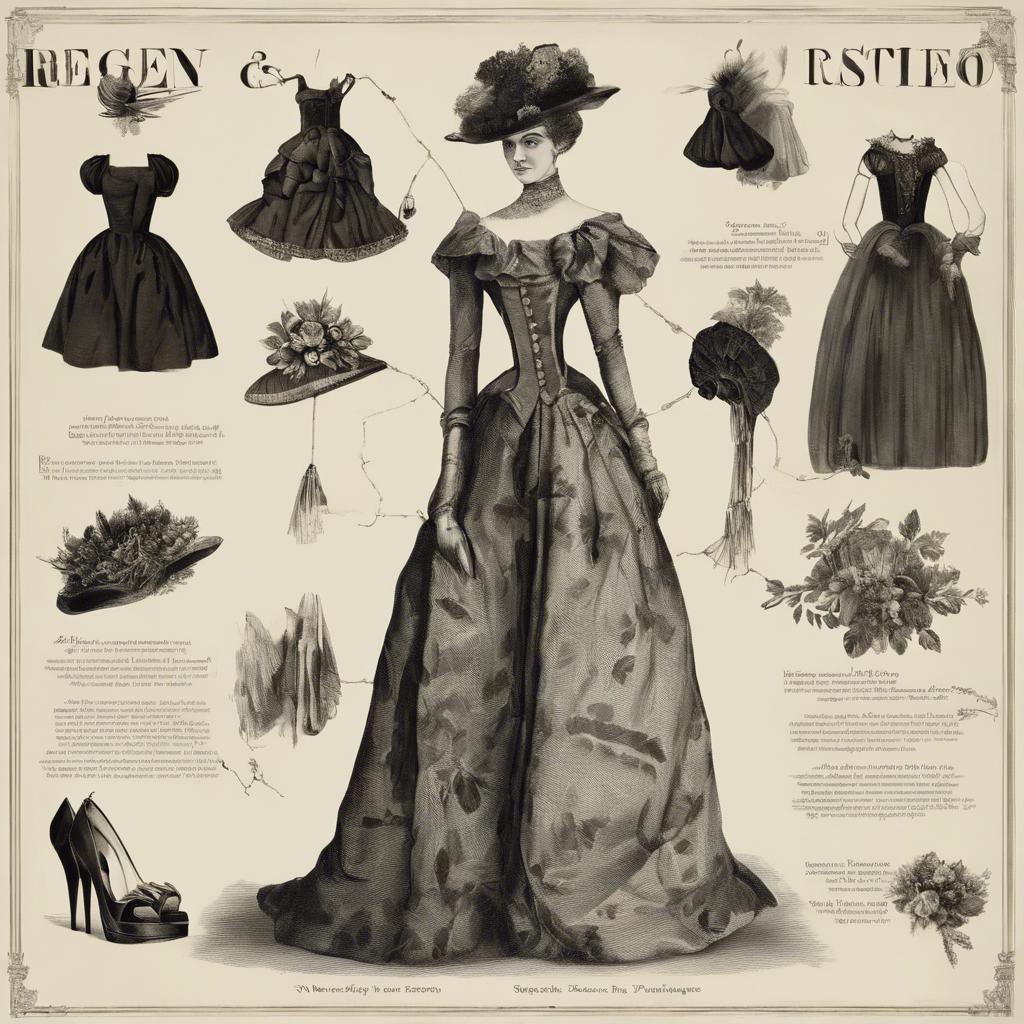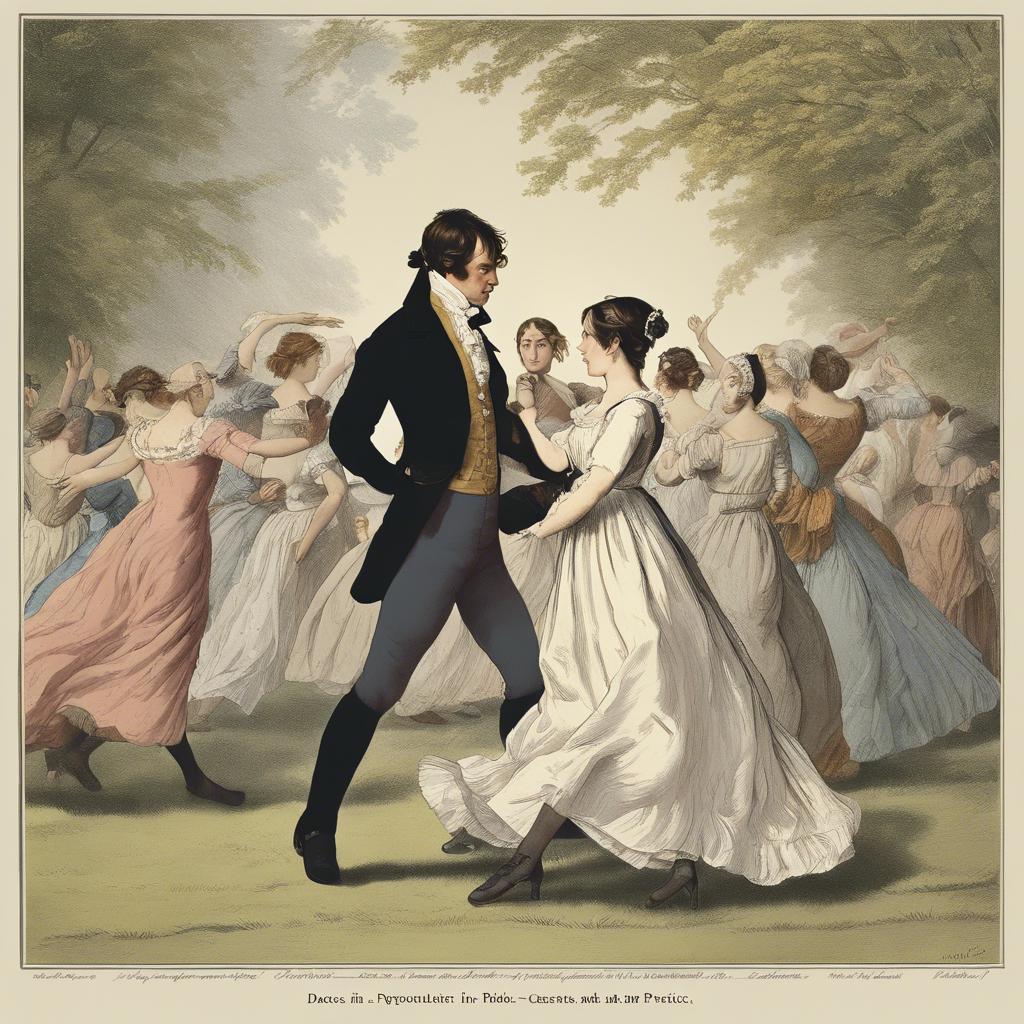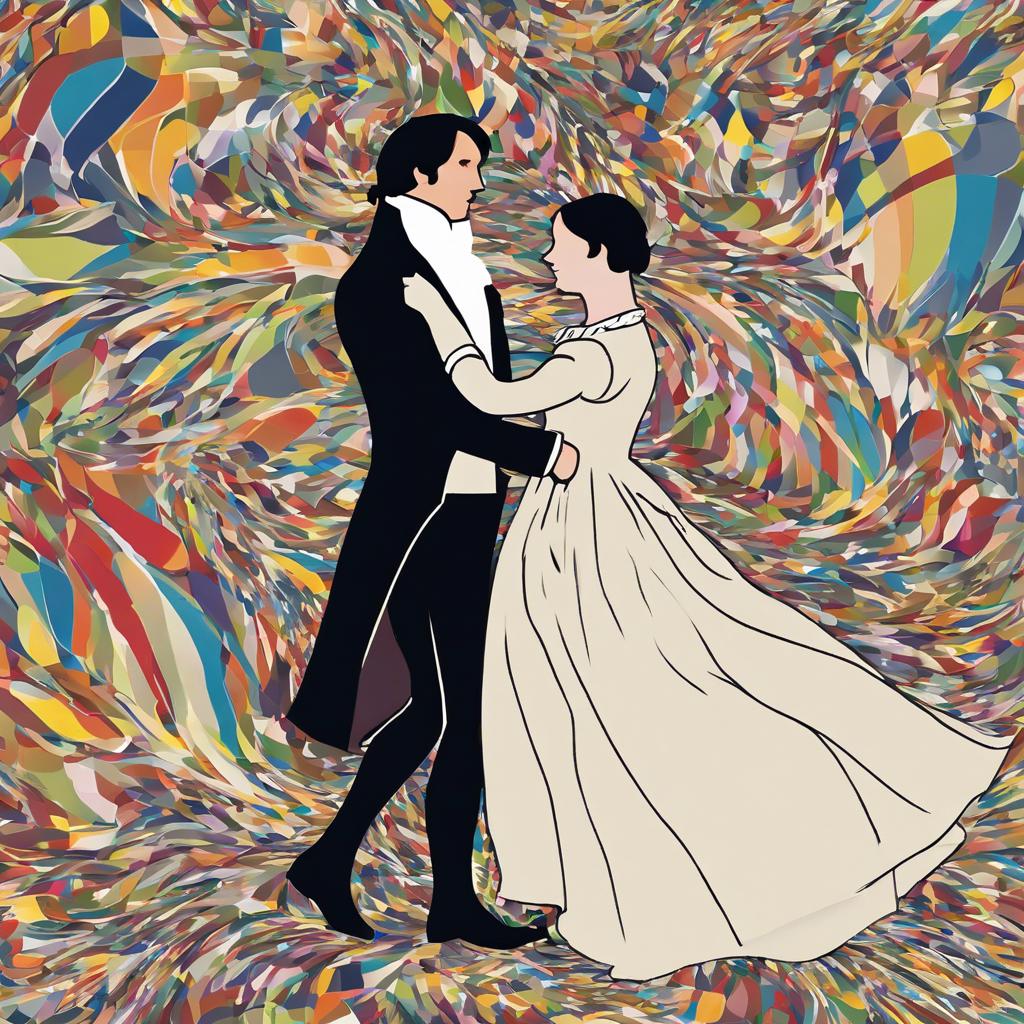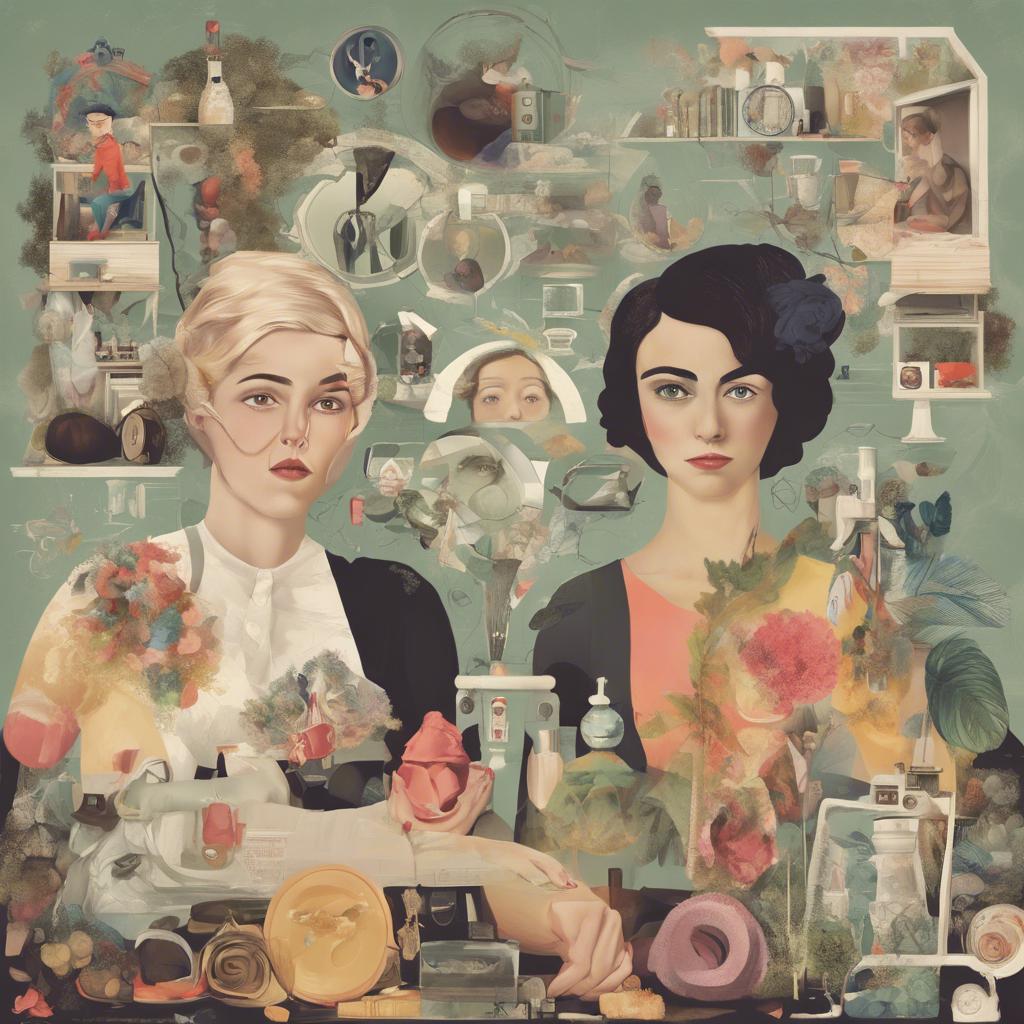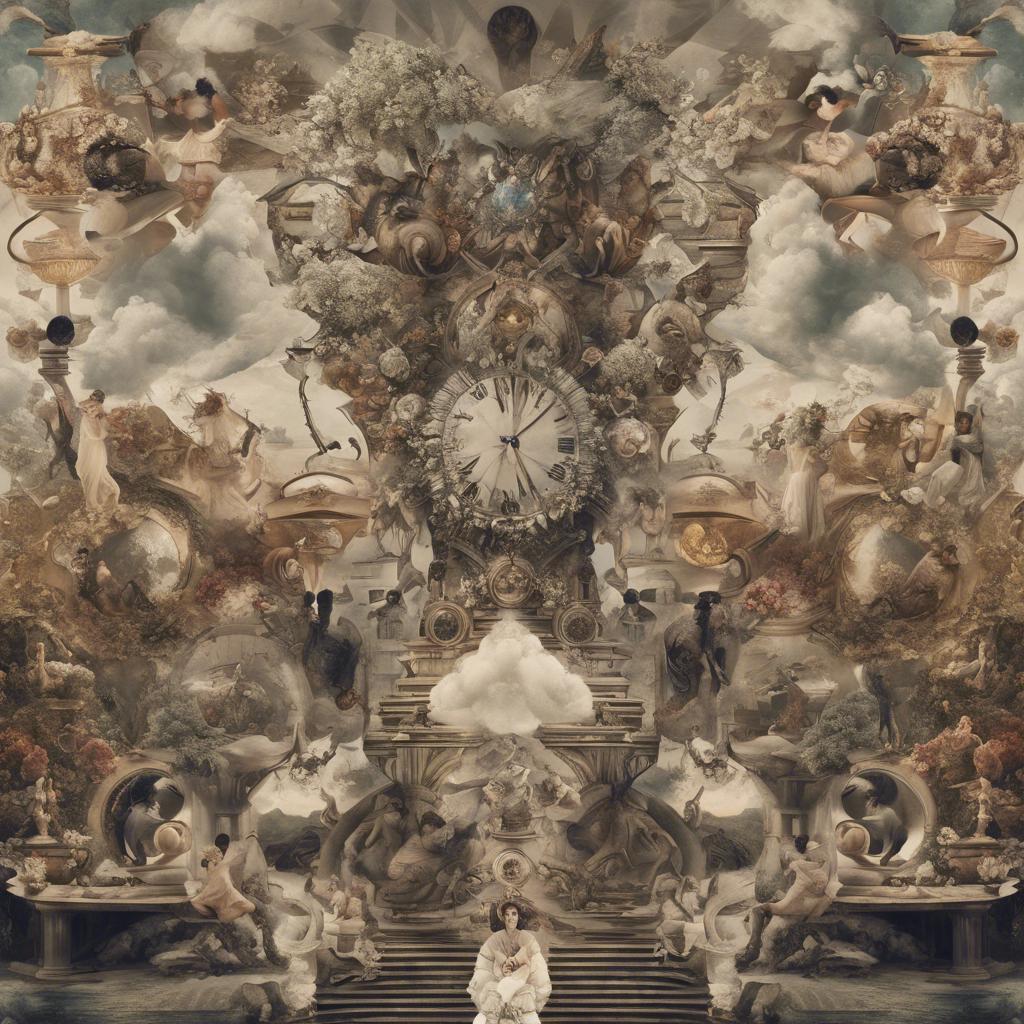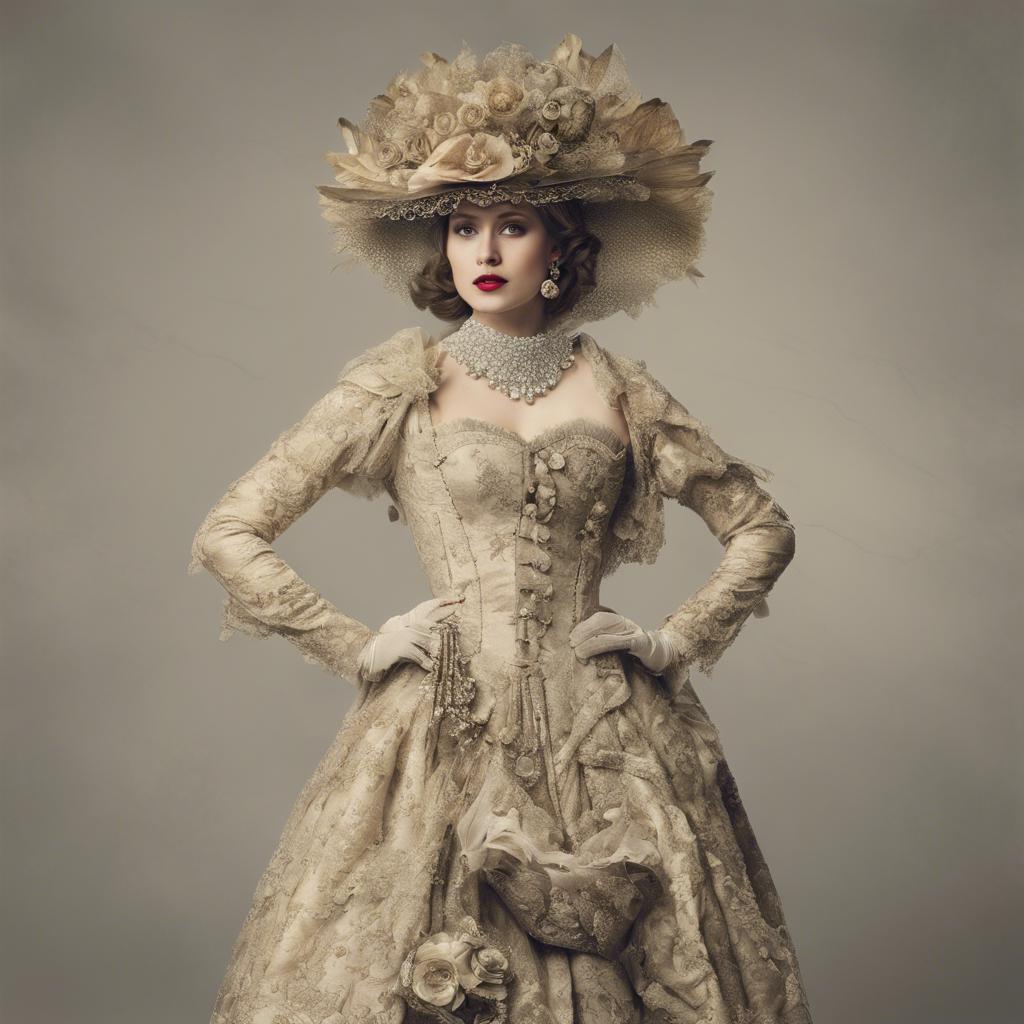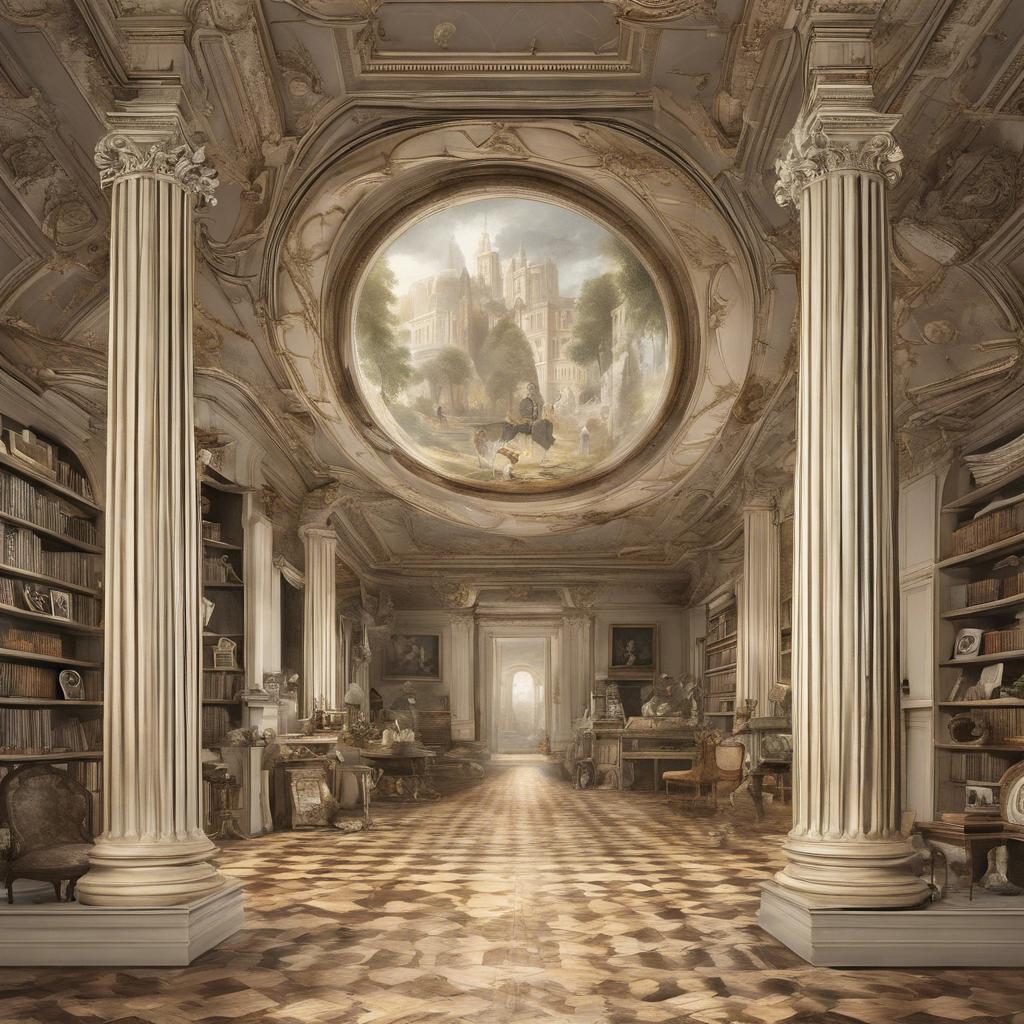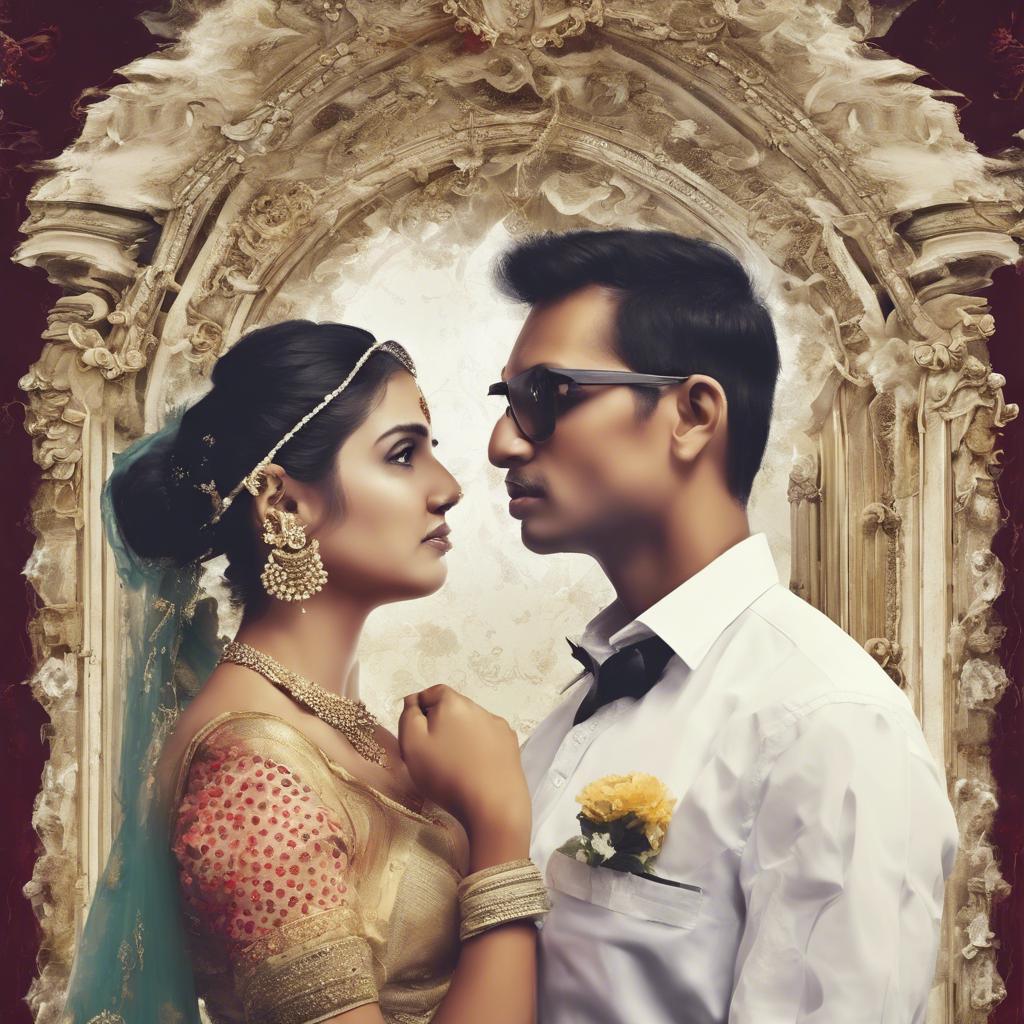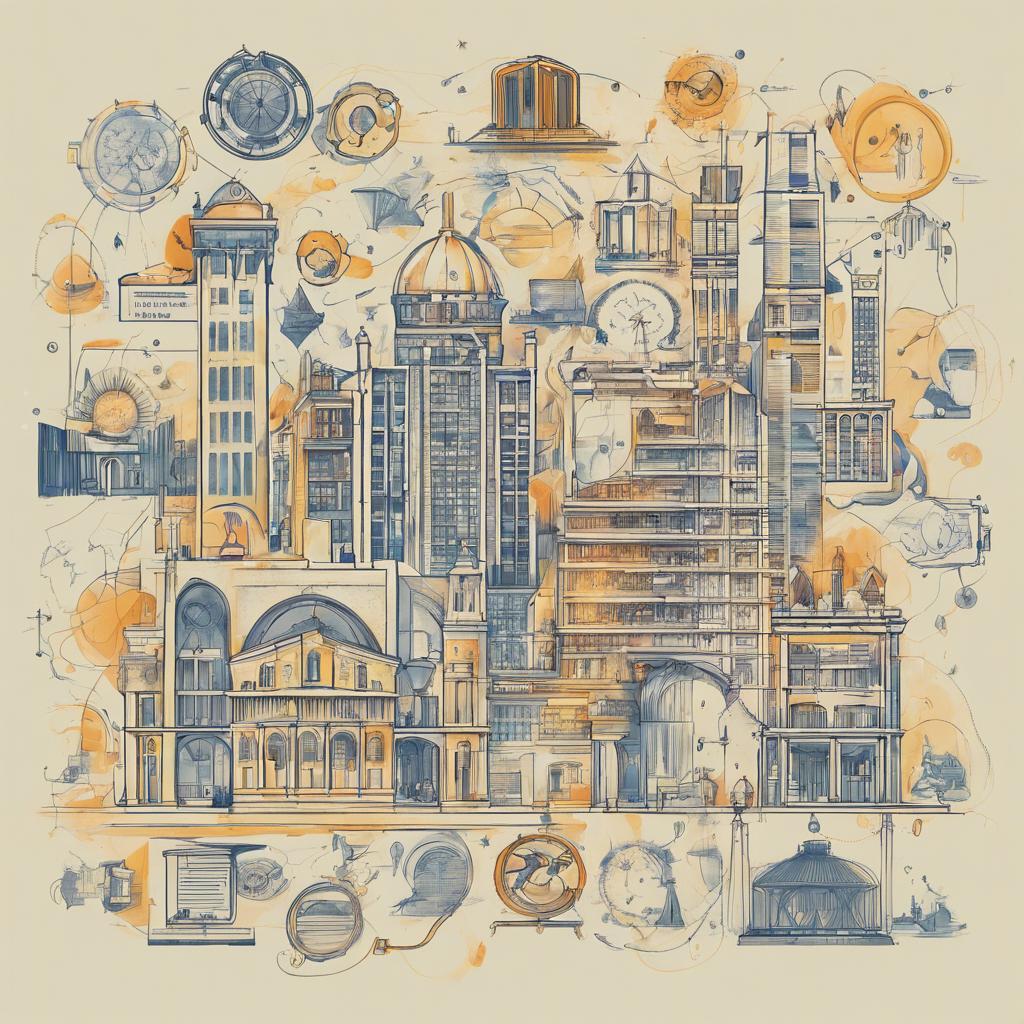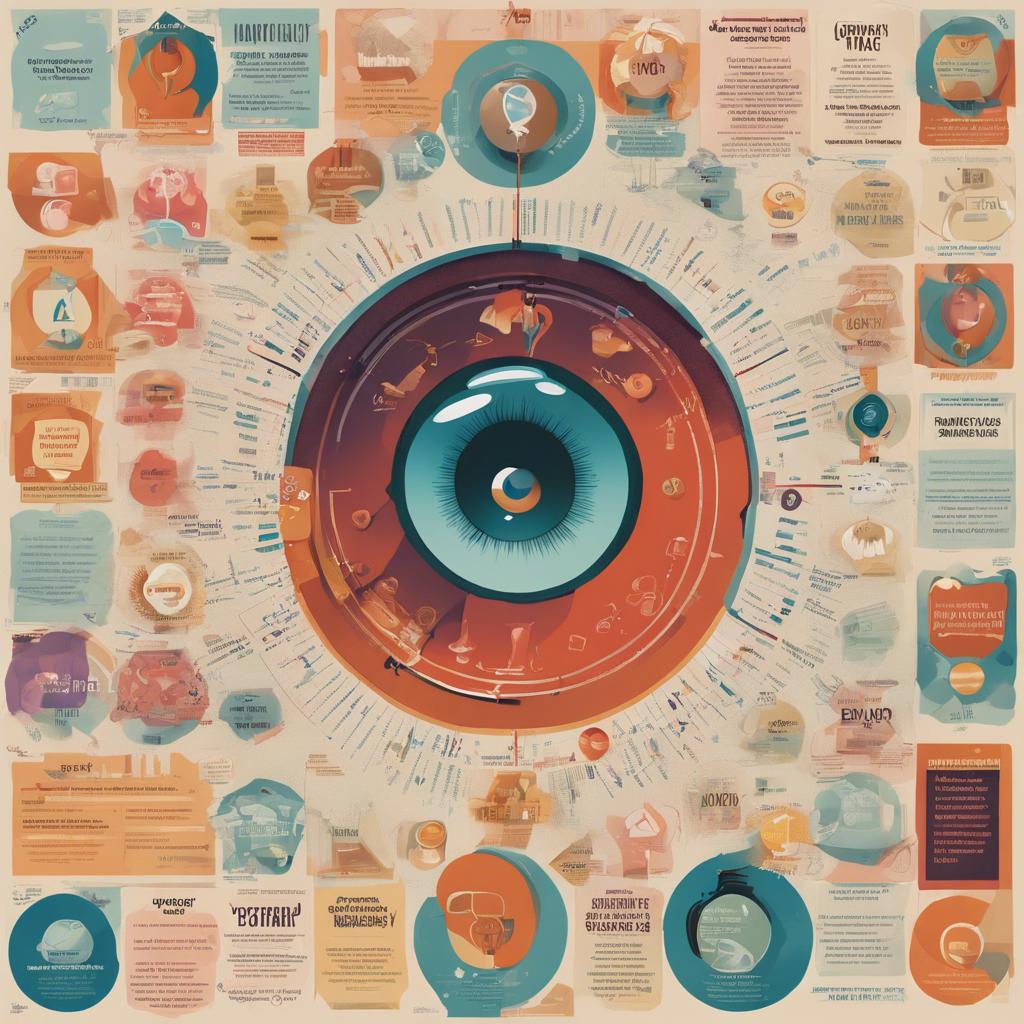Posted inRegency era
regency period fashion
The Regency period brought about a revolution in fashion, with women's clothing moving away from stiff corsets and voluminous skirts to a more natural silhouette. Men's fashion was equally influenced, with the introduction of tailcoats and high-waisted trousers. This era marked a shift towards elegance, simplicity, and refinement in clothing.
